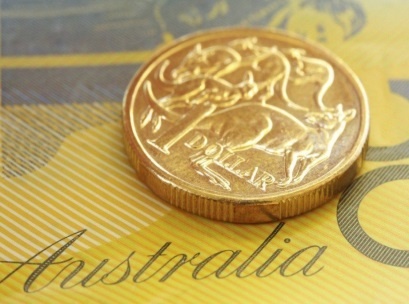
The Australian dollar has fallen slightly Wednesday, buying 69.25 US cents from 69.28 US cents on Tuesday.
Yesterday, the local currency was becalmed amid a lull in economic data and a lack of fresh news on global trade, though action in commodities offered some distraction.
The Aussie dollar was holding at 69.24 US cents on Tuesday, having stalled at resistance around 69.40 US cents on Monday.
The Aussie again drew some support from a barnstorming run by Australia’s biggest export earner, iron ore. Iron ore futures traded in China jumped as much as 6.0 per cent on Monday to a contract high equivalent to around US$111 a tonne.
Vivek Dhar, a commodities analyst at CBA, noted a squeeze on supplies had seen stocks of iron ore held at Chinese ports fall sharply in recent months.
“The chance that iron ore could breach the $US100/t barrier was always on the cards following the supply disruptions that have roiled markets this year,” said Dhar.
“Supply and demand factors are now aligned enough to justify that outcome for a little while longer.”
The windfall to Australian miners is all the greater as the Aussie is so much weaker than the last price boom which ran roughly from 2010 to 2014.
Back then the Aussie ranged between 90 US cents to US$1.09.
Now with the Aussie around 69 US cents, a price of US$111 is worth A$160 – not far from the all-time peaks seen in the heady days of 2011 when the ore topped A$180.
The boost to export earnings has already delivered three of the largest monthly trade surpluses on record and might even have gifted Australia with a current account surplus in the March quarter, the first since 1975.
Normally such strength would tend to lift the Aussie but in this case it has been offset by a sharp widening in yield spreads that favours the US dollar.
Australian 10-year paper now pays a record 77 basis points less than its US counterpart, compared to 40 basis points less at the start of the year.
Likewise, markets are almost fully priced for a rate cut from the Reserve Bank of Australia next week, while the US Federal Reserve is seen on hold for some months yet.
Futures are also heavily tipping a further quarter-point easing by August, which would take the cash rate to 1.0 per cent, and a 50-50 chance of a move to 0.75 per cent next year.





